The Esteemed Gentleman Articles
The Pros And Cons Of Mechanical Watches
In this article, we will review the pros and cons of mechanical watches. There are two types of mechanical watches: automatic and manual wind. As this article is a general overview and the two types share many similarities, we will be grouping them together as mechanical movements. If you want to know the difference between automatic and manual wind watches, read our article Different Watch Movements Explained.
Mechanical watches are considered by many enthusiasts to be engineering marvels, due to the skill and discipline involved in designing and producing intricate parts and then assembling them in such a small space.
Only those with the steadiest of hands and the greatest of patience can piece together hundreds of parts, have them function in unison, then adjust these parts to be accurate within just a few seconds a day. All without the reliance of electronics and circuits inside the watch.
Pros Of Mechanical Watches:
Mechanical Watches Have A Long History
Although clocks have been around since the 14th century, mechanical movement watches can trace their heritage back to the year 1505 when the first handheld watch was created. Since then, skilled watchmakers have been spending countless hours designing, manufacturing, and assembling intricate movements with near microscopic parts all for the sake of telling time.
Railroad approved pocket watches were used extensively by train conductors in the 19th and 20th century, watches played a vital role in the theatre of war, being used to time artillery strikes and advancing infantry, pilots used them to calculate fuel usage and speed long before onboard computers existed, and they travelled to space on multiple missions including the infamous Apollo 13.
Even centuries later, the basic functions and parts remain relatively unchanged. Modern movements are similar to those used in watches from the 1800s. This preservation of timekeeping heritage and tradition is appealing to those who want to feel a connection to the past, have an appreciation for the craft, or take a break from the digital world.
Many mechanical watch designs are considered timeless. Brands like Omega and Tag Heuer have watch designs that have remained similar to the original models created 50+ years ago (like the Omega Speedmaster and Tag Heuer Monaco). Although brands release new designs, classic ones have withstood the test of time and are appreciated by watch enthusiasts young and old.
Mechanical Watches Last Longer Than Quartz Watches
Although mechanical movements are considered more fragile than quartz, they are still quite robust. A well-maintained mechanical watch can last decades, even centuries, and can be passed down as an heirloom piece. Many vintage pocket watches and trench watches from WWI have been lovingly restored.
Since there are no electronic parts, there's no need to worry about circuit components, batteries, or updates. Mechanical movements may need a part changed every now and then, and regular maintenance is recommended, but they will easily outlast any quartz watch or smartwatch.
If you are interested in purchasing a vintage watch, read our article What You Need To Know Before Buying Your First Vintage Watch first, for important advice and tips that will save you time and money and help you avoid common mistakes. Caring for a vintage watch isn't rocket science, but there are some considerations to be aware of. We explain everything in our article, How To Care For Your Vintage Watch.
Mechanical Watches Feature A Sweeping Seconds (Not Ticking, Like Quartz)
Unlike quartz watches that tick just once a second, mechanical movements tick 6-8 times per second, making the seconds hand move in a smooth motion commonly referred to as "sweeping". Some watch enthusiasts prefer sweeping seconds over a single second tick, as it is not only a telltale sign that the watch's movement is mechanical but also looks more elegant.
Springs, gears, and levers work in unison to create this sweeping seconds effect. Even the slightest chip on one of the teeth of a gear could cause the seconds hand to stutter or stop completely. These gears are manufactured with such precision that there's barely any space between the teeth when they turn.
Fun fact: Brands like Bulova and Hamilton created battery powered watches in the 1960s. These included the Bulova Accutron and Hamilton Electric watches which pre-dated quartz watches by roughly a decade. Bulova Accutrons are still manufactured today and still use the same patented tuning fork technology that was used in the 1960s.
Mechanical Watches Are More Luxurious Than Quartz
Watches, in general, are style accessories. Many people associate luxury watch brands like Omega, Patek Philippe, and Rolex (among other brands) with high status. Wearing one of these on your wrist gives the impression of wealth and success, even if it functions more as a bracelet than a watch.
Even entry-level mechanical watches are viewed as more luxurious than quartz watches in the same price range, due to the significantly greater amount of work and time spent creating the mechanical movement relative to a quartz movement.
Not only are the intricacies and expertise involved in manufacturing a mechanical watch appreciated and admired, but mechanical watches also weigh more than quartz watches, and many consumers consider weight a sign of quality.
Some people, like social media influencers, like showing off their fancy items. While it's okay to be proud of your achievements, showing off could also have the opposite effect and lead to some irreversible negative consequences. Our article Why You Should Not Flaunt (Or Flex) Your Wealth On Social Media explains why.
Mechanical Watches Have A Higher Resale Value Than Quartz Watches
Due to their longevity, craftsmanship, and artistry, a well-maintained mechanical watch will retain its original value. Discontinued and limited-edition models may fetch even more. Some vintage watches are so highly sought after that they've sold for millions of dollars at auction.
Factors such as brand, model, popularity, materials used, age, and condition play huge roles when it comes to appraising the value of a watch. Mechanical watches with more intricate complications and precious metals will have higher resale values. The same goes for watches with their original box and papers.
Fake watches, especially those copying luxury brands, are becoming more and more common. Having a watch with the original box and papers proves its authenticity since the serial number on the watch will match the papers. If you are the original buyer, keep your receipt in the box.
Tip: Prices on the secondary watch market can fluctuate rapidly. We do not recommend purchasing watches as investment pieces or flipping them on a regular basis.No Batteries Are Required For Mechanical Watches
Mechanical movements rely on spring tension and kinetic energy to run. There's no need for a battery. All you need to do is pull the crown out, set the time and day/date (if you have those features) (NEVER set your watch between 9 and 3), then push the crown back in and give the watch a wind. The watch will start running after a few turns.
If you have a manual wind movement (like those found in vintage watches), it's best to wind the watch as much as you can until you feel resistance. Manual wind movements lack the weighted rotor commonly found in automatic movement watches and fully rely on the mainspring to run.
Winding an automatic movement is similar to a manual wind movement, except the watch can be placed on your wrist as soon as it starts running. The weighted rotor inside the movement will keep the watch wound as you walk, transferring energy from the rotor to the spring.
Care Tip: We don't recommend shaking an automatic movement watch to start it, as this can jostle and/or loosen parts if shaken too violently. Watches should always be treated with care.
Cons Of Mechanical Watches:
Mechanical Watches Are More Expensive Than Quartz Watches
Assembling a mechanical movement requires a lot of skill and patience, and a very steady hand. Every part needs to be placed delicately and with pinpoint precision. Even the slightest angle or excess of pressure on a spindle could break the movement. Mechanical movements can take hours, sometimes even days, to fully assemble, a process that cannot be rushed.
The cases, dials, and straps are made from higher quality materials as well. Some brands, like A. Lange & Söhne, go a step further and hand-engrave parts of their watches for an added touch of elegance, and Jaeger-LeCoultre offers a line of Reverso watches that feature hand-painted 2cmx2cm portraits on the caseback.
Mechanical Watches Have Higher Maintenance Costs
Mechanical movements have significantly more parts than quartz movements. More parts equal more potential for wear and tear, which means the watch should be serviced more often to ensure adequate timekeeping.
Misuse, like over-winding, can break parts inside the movement, which can cost a lot of money to repair, depending on the brand, model, age, and extra functions like chronographs or day/dates that may require specialized parts.
Oils and lubricants are used to keep the gears and levers operating smoothly, but these oils can harden over time. Dust and microscopic debris can also find their way into the movement, possibly seizing it. To combat this, a watchmaker will often completely disassemble the movement and clean it in an ultrasonic cleaner, removing any built-up gunk and oil.
Mechanical Movements Are Fragile
Extra care should be taken when wearing a watch with a mechanical movement. Any sudden impact or bump could dislodge or even break a part inside the movement. Even mechanical movements rated for sports like diving should never be subjected to high-impact activities.
The metals used inside a mechanical movement can be greatly affected by external forces such as temperature, humidity, and magnetism. These can bind and tighten springs, which can affect the accuracy of your timepiece or seize it entirely.
Vintage Dive Watch Tip: If you have a vintage dive watch with a mechanical movement, do not trust the water resistance rating unless it has been recently serviced and the water rating was checked and verified. Gaskets and O rings can dry up over time, greatly reducing the water resistance rating of the watch. Even a single drop of water can destroy a mechanical movement.
For more tips on what not to do with your watch, read our guide 11 Things You Should NEVER Do With Your Watch.
Mechanical Watches Need To Be Wound Daily (Or Invest In A Watch Winder)
Both automatic and manual wind movements will stop running after a few days if left untouched. This means that you will have to set the time (and possibly day/date) and give your watch a wind every time you put it back on your wrist.
This can be a tedious task if your day/date function isn't a quick set. You may develop blisters turning the crown hundreds of times to get the correct time, day, and date.
Automatic movements can be kept in a watch winder, which will periodically rotate the watch keeping tension on the mainspring, but it isn't advisable to keep the mainspring fully wound for long periods of time as this can break the mechanism.
Manual wind movements need to be wound daily to keep accurate time as they lack the power reserve and rotor that automatic movements have. Some people wind their manual wind watches before bed and again when they wake up to prevent the movement from stopping.Mechanical Watches Are Less Accurate Than Quartz Watches
Instead of using voltage and a stepping motor to regulate timekeeping, like that found in a quartz movement, a mechanical movement relies on a variety of gears and levers to slowly release built-up energy to move the hands. Most mechanical movements are accurate to within 10-45 seconds a day (depending on quality and complication), whereas a quartz movement might be out one second a day or less.
Factors such as spring tension, temperature, magnetism, age, and oil can result in parts moving faster or slower, affecting the accuracy of the watch. If you notice your watch is running faster or slower than normal, take it to a trusted watch repair shop.
Modern Mechanical Watches Are Typically Larger Than Quartz Watches
Quartz movements are designed to be compact and light, which allows them to fit snugly in slim cases. Mechanical movements, on the other hand (pun intended), require larger cases to accommodate all the extra parts. Watches with automatic movements require even more room because they have a rotor, which needs to spin freely, on the bottom.
Depending on the number of complications in a mechanical movement, cases can be taller, wider, or both. This can become an issue if you are wearing a dress shirt and want your watch to fit under the cuff.
Style Tip: Wear a simple watch if you are attending an event that requires formal attire. Dress watches are best since they usually don't have extra complications, making them slimmer and easier to fit under a cuff. How many watches should you have in your collection? Find out here.
Summary
Mechanical watches are both a tool used to tell the time and a piece of art. While they are more expensive than their quartz counterparts, they have a lot to offer both inside and outside the case. Next time you encounter one, take a moment to appreciate the complexity and artistry involved.
When you subscribe to the article, we will send you an e-mail when there are new updates on the site so you wouldn't miss them.

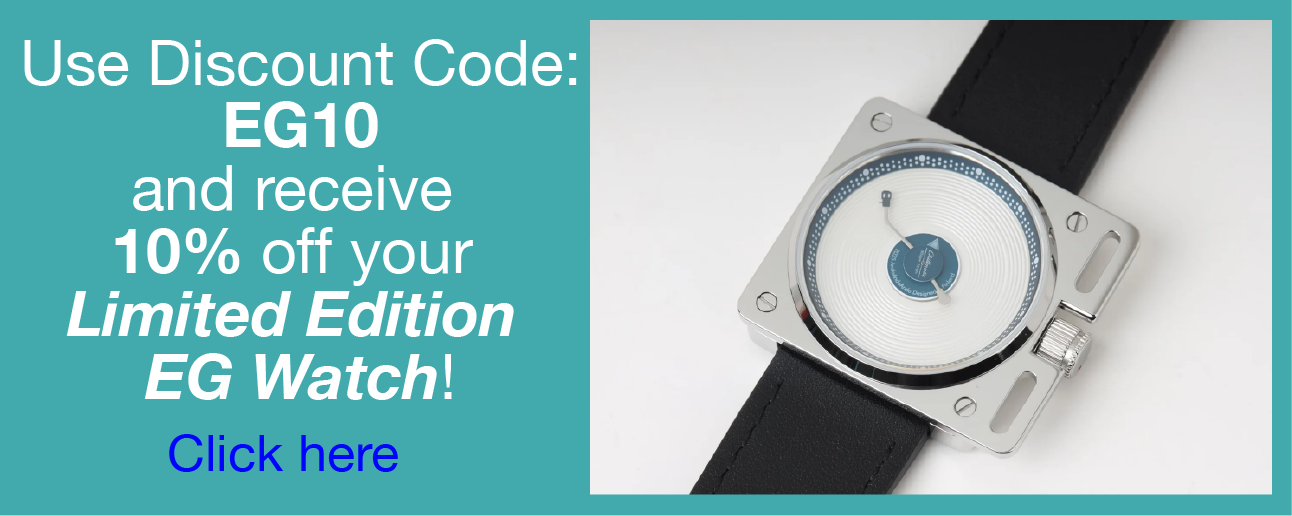

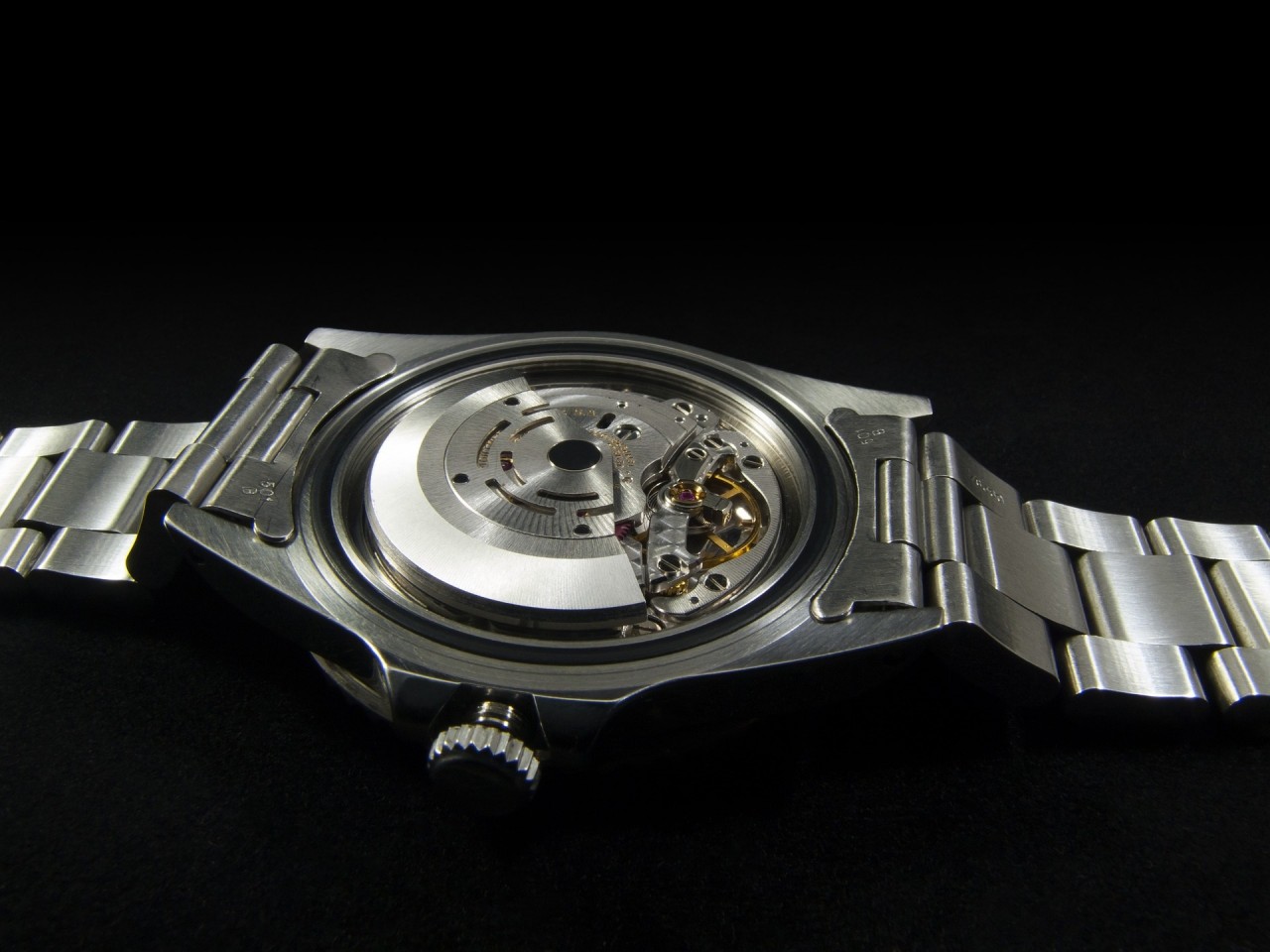
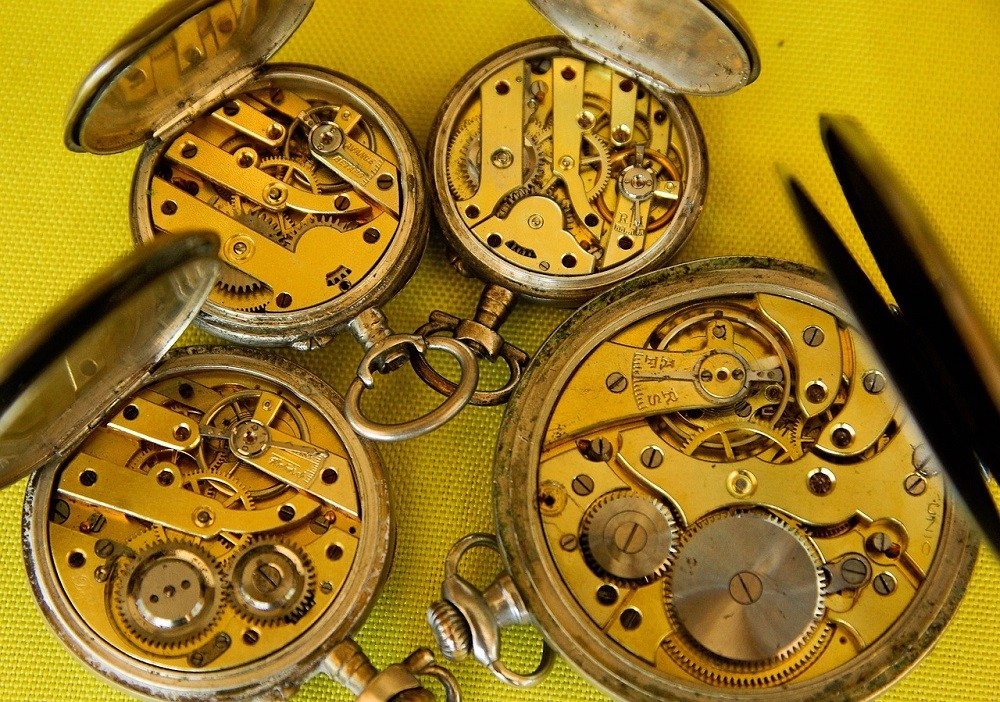
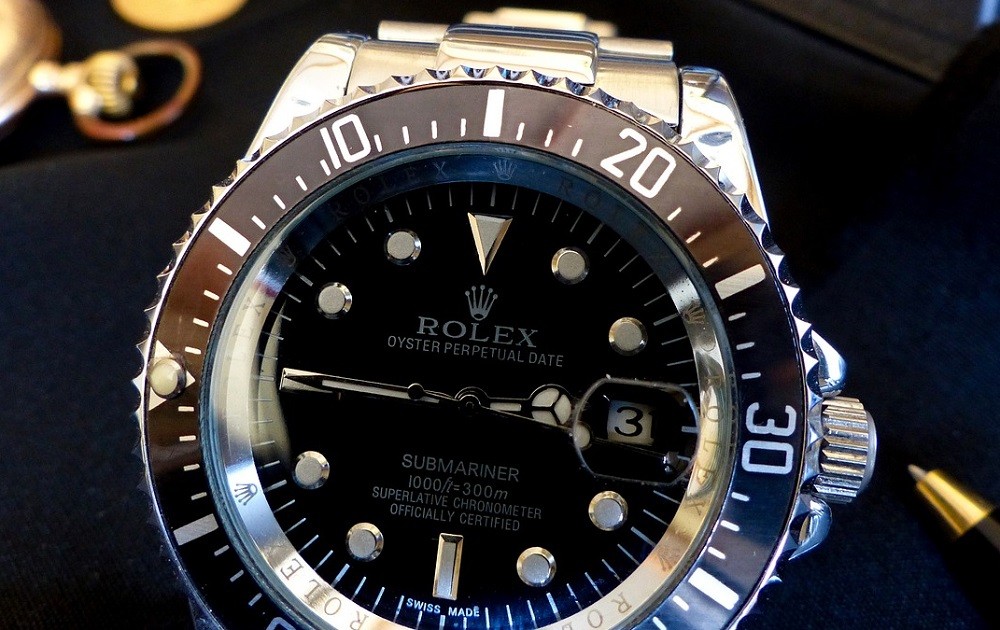
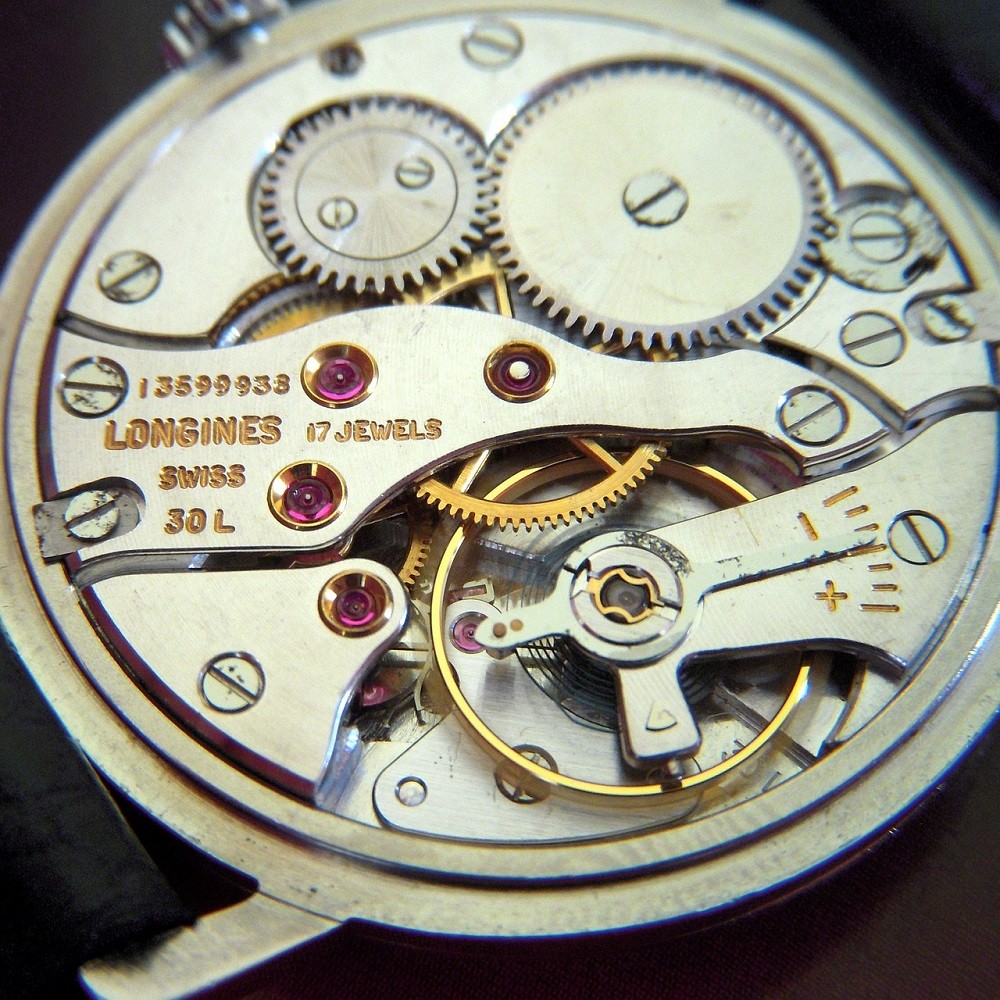
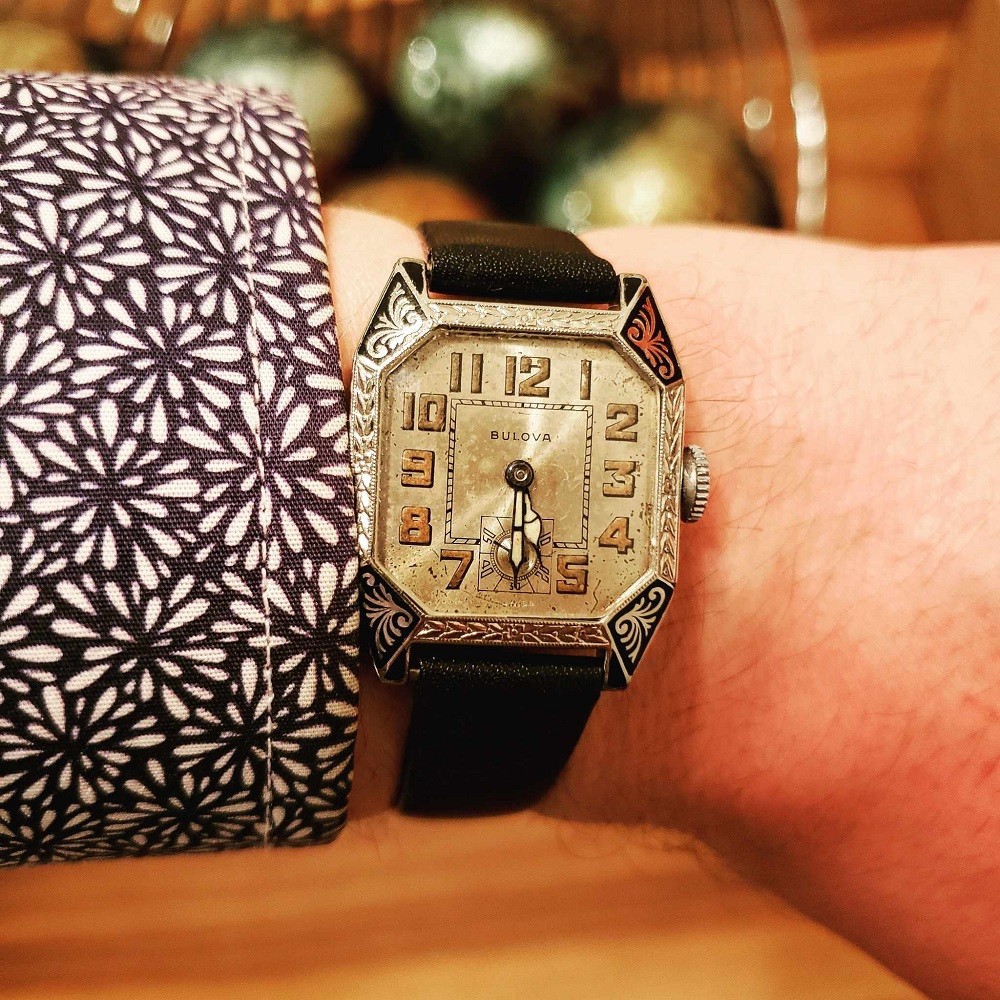
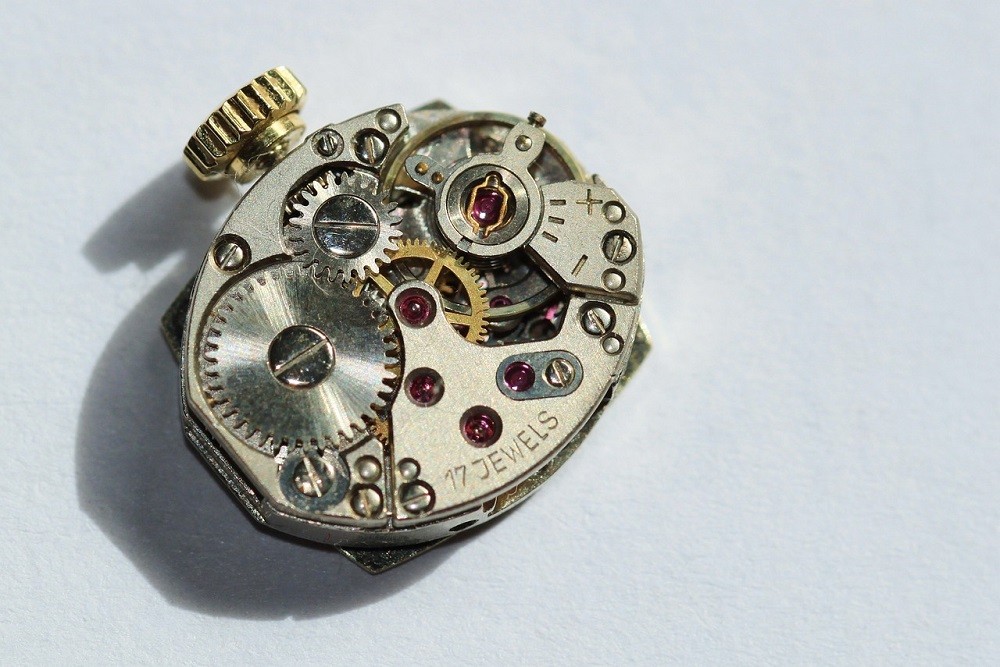


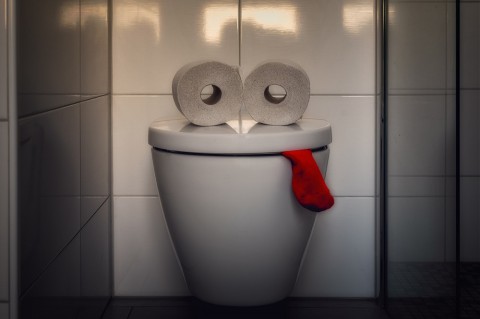
Comments